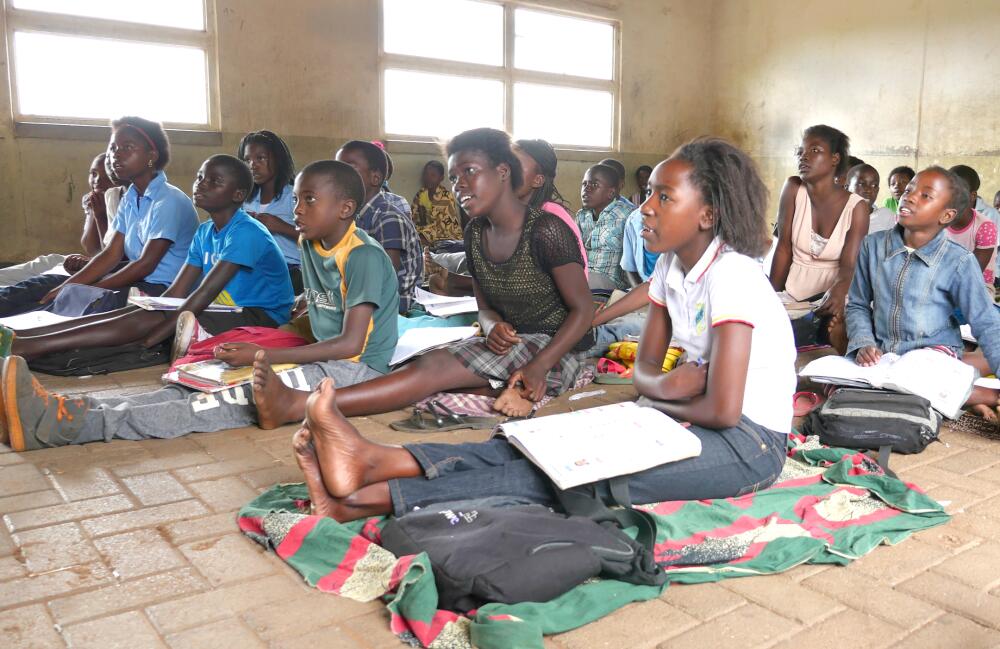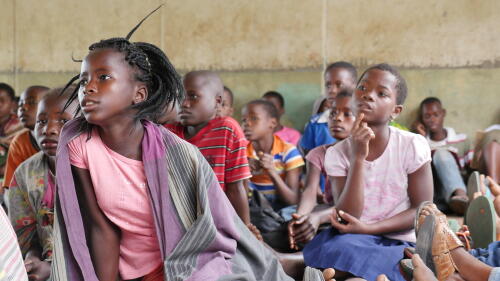Day of the Girl Child

International Day of the Girl Child, celebrated October 11 each year, underscores global efforts to ensure a world free of discrimination for young women. The UN General Assembly adopted Resolution 66/170 in 2011, naming the day and drawing attention to the unique challenges and difficulties girls face around the world.
The theme for this year's International Day of the Girl Child is "Girls' Progress = Goals' Progress: What Counts for Girls." This theme represents the progress that has been made towards gender equality, obtaining a quality education, and other basic rights, but also reminds us of the strides we still have to make to close gaps in these areas.
Differences in the First and Second Decades of Life
Over the last 15 years, the global community has made made progress in improving the lives of girls during early childhood. According to the UN, girls age 10 and younger are now more likely to enroll in primary school and receive vaccinations and are less likely to suffer from health and nutrition problems than in any other previous generation.
However, there are still considerable challenges faced by girls and young women in the second decade of life. Many still do not have access to quality secondary and higher education, are forced into child marriage, have little to no information and services related to health, are denied the means to protect themselves against unwanted pregnancy, and are frequently victims of gender-based violence.
Tragic Realities
- Worldwide, more than 700 million women alive today were married as children (below 18 years of age). More than one in three — or some 250 million — were married before 15. And child brides are often unable to effectively negotiate safe sex, leaving them vulnerable to sexually transmitted infections and unwanted pregnancy.
- Every 10 minutes, somewhere in the world, an adolescent girl dies as a result of violence.
- In emergencies, adolescent girls are especially vulnerable to sexual violence, and in some cases, are abducted and exploited for sexual purposes by armed groups.
- Nearly half of adolescent girls worldwide ages 15 to 19 think a husband or partner is justified in hitting or beating his wife or partner.
These outcomes are avoidable. Research has shown that if girls were allowed to complete secondary education in Sub-Saharan Africa and South and West Asia, child marriage would fall by more than half, from its current level of almost 2.9 million. Educated women are also more likely to have healthy babies and send their own children to school.
How Planet Aid is Helping
Planet Aid supports projects that aid the development of young girls, ensuring that they have a chance for an education and a better life. For example, Nikhalamo - Girl Stay in School (GSS) in Mozambique is a Planet Aid-supported initiative implemented by ADPP Mozambique and sponsored by USAID. "Nikhalamo" is a word used in the local Chuabo language of Mozambique that translates to "I am here to stay." GSS aims to reduce the obstacles that prevent girls from transitioning from upper primary school to secondary school.

The project is working with 18 primary schools and 3 secondary schools in the Namacurra District. Project activities include training mentors for vulnerable girls and gender-focused school committee training. The mentors establish communication links between the child, school, and the parents, creating an integrated support system to address obstacles. More than 3,200 girls will be mentored through the program.
To date, the GSS project has helped enroll more than 1,500 girls in primary school and helped transition more than 600 into secondary school.
